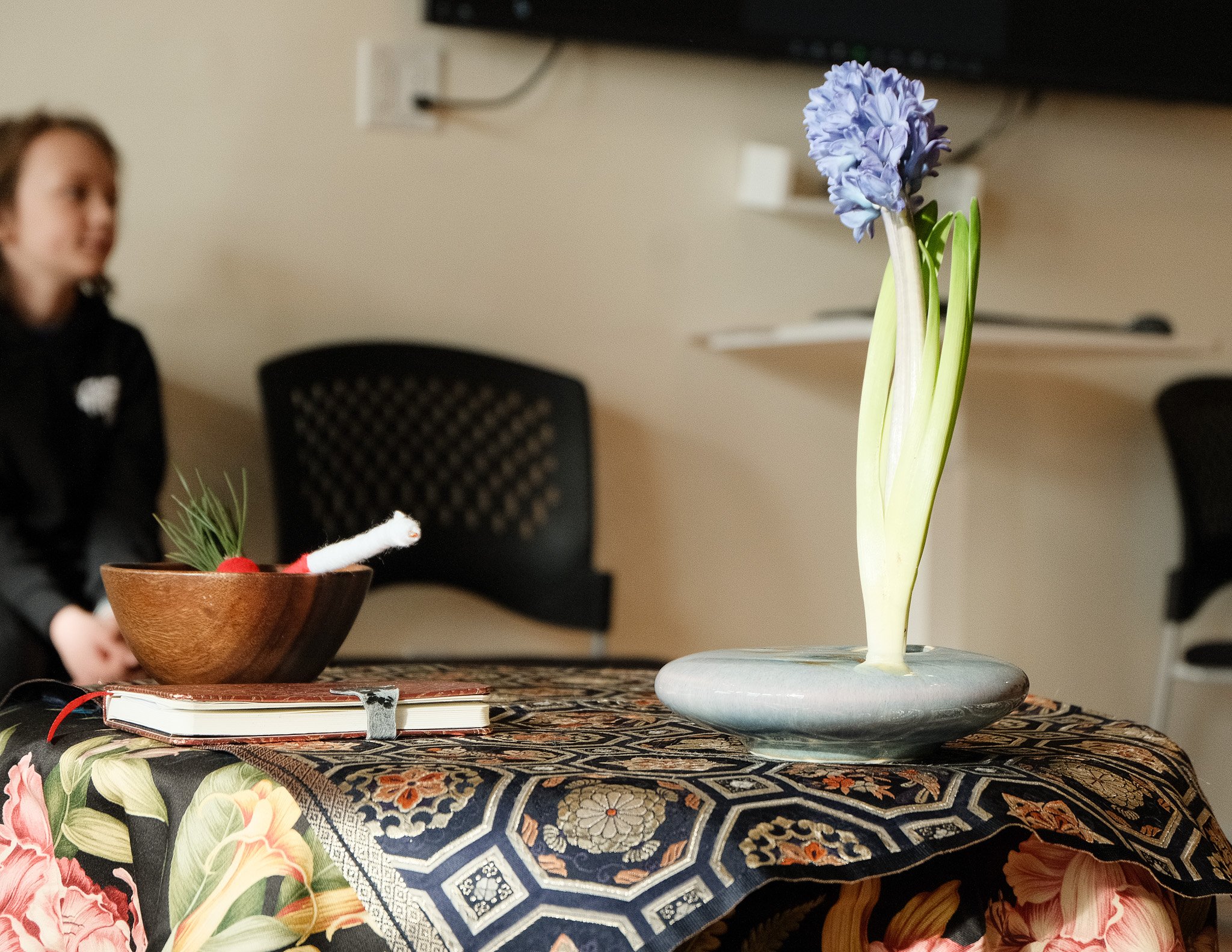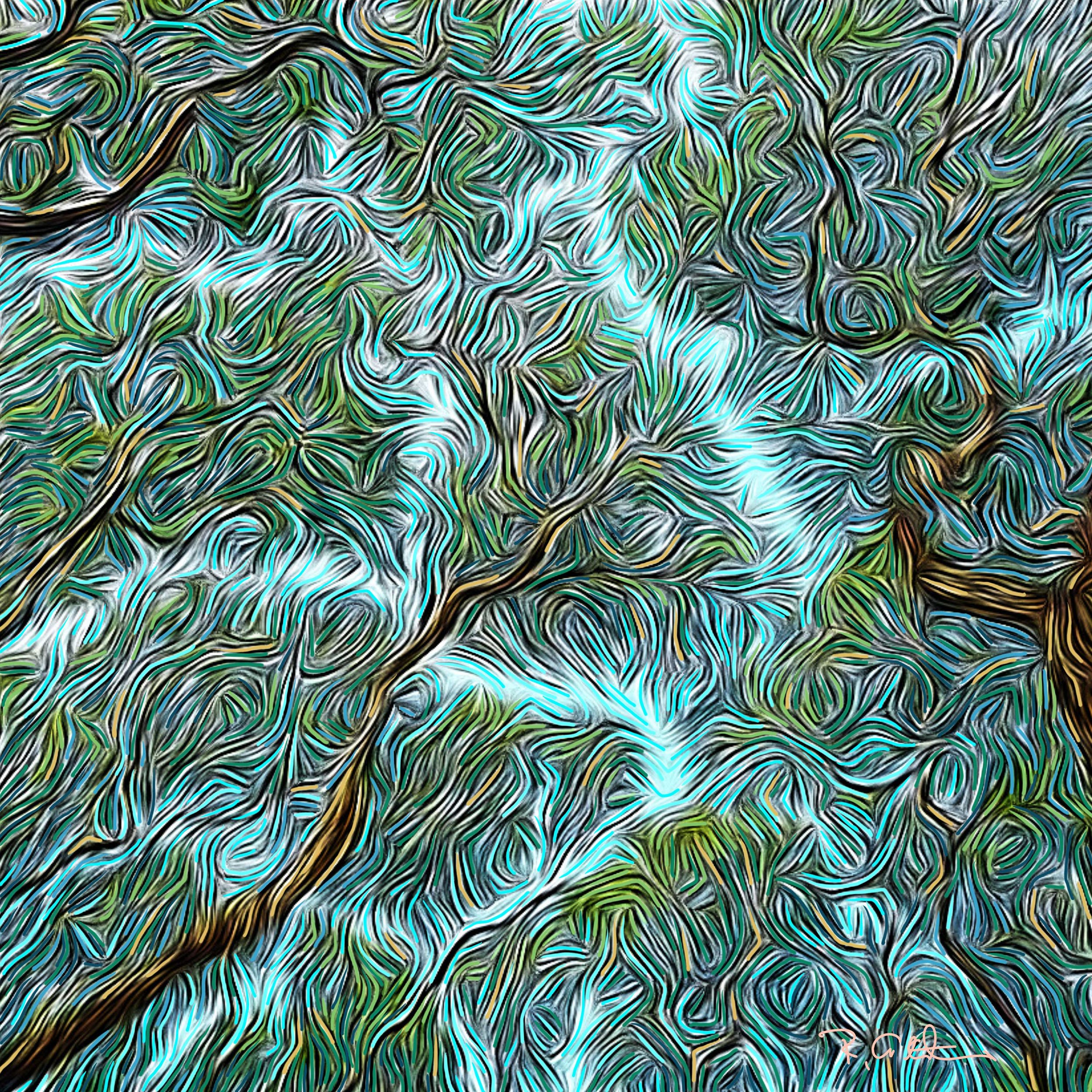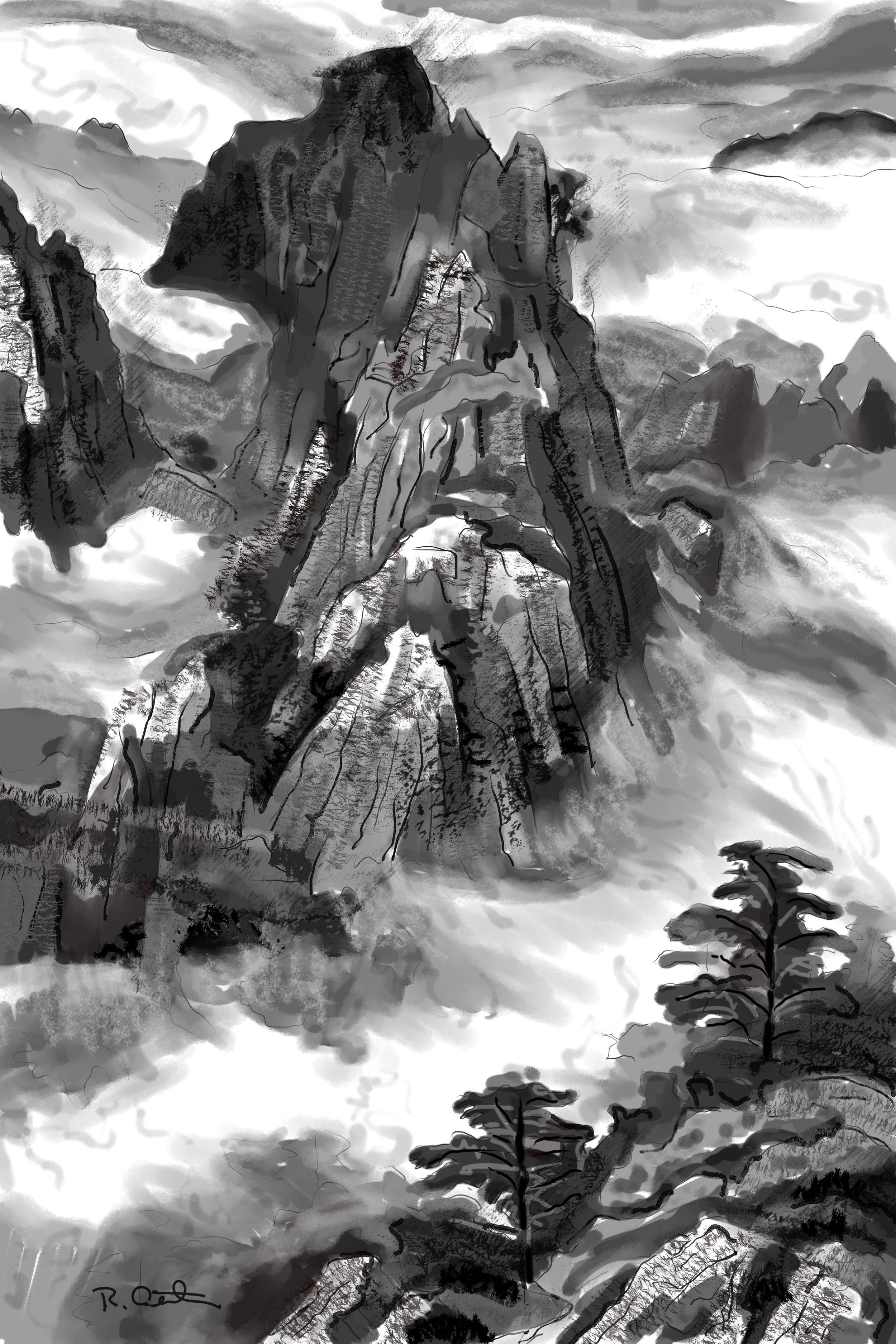
ZenLife Blog

Organized Illumination
As an artist and painter I have enjoyed portraying the world as I see it. I do not see a world of things or objects isolated from each other. I see patterns of connection. I like to take a metaphor and develop a series from it; to see how many ways I can present the metaphor. One series I did was based on fractals. You are probably familiar with some representations of fractals. This is not exactly what I painted. It was the fractal patterns I see everywhere in nature. And I believe this is one of the reasons we enjoy being in nature. Think of the difference between being in an old growth forest and a high-tech office where all the lines are straight and clean. One is full of fractals. The other isn’t.

After Awakening
This is the crux of the whole Genjokoan. He’s saying that when you look at your reflection in water, there’s a tipping point: either the water’s transparent or it’s murky and reflective like a mirror. It doesn’t gradually become a mirror. It’s either a mirror or it isn’t. Dogen is using this as a metaphor: when you drop off the body-mind, when you forget the self, you become a mirror that reflects the dharma.

